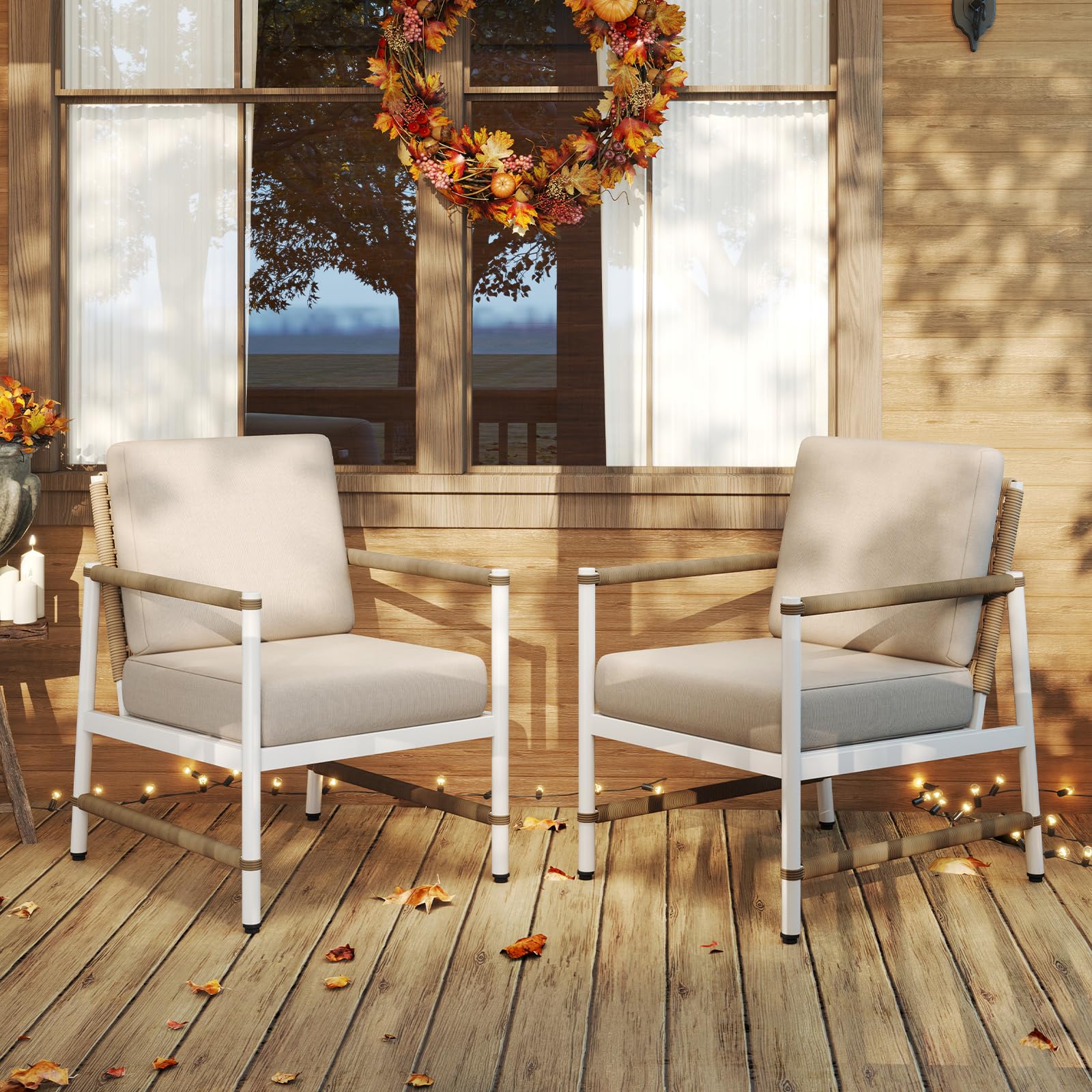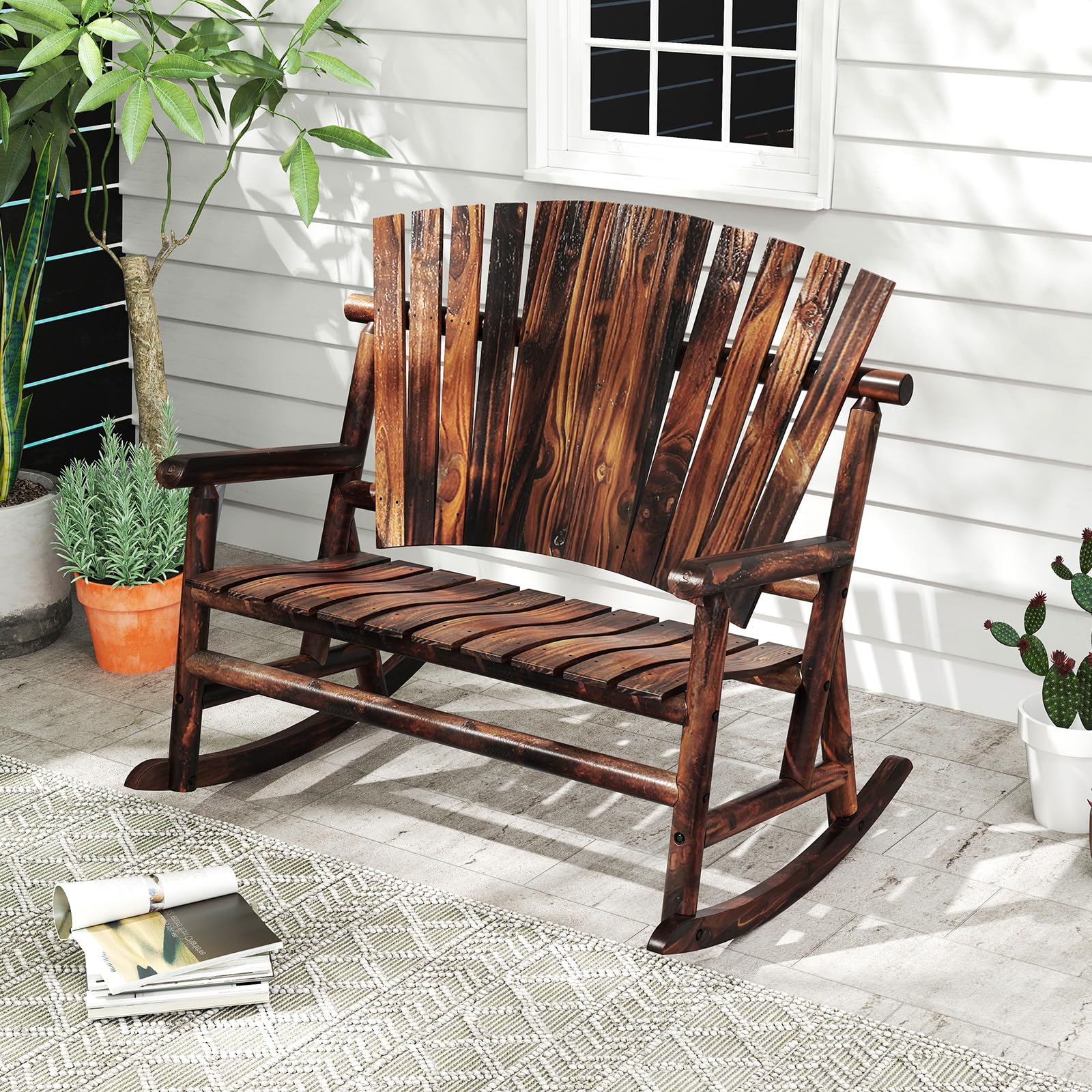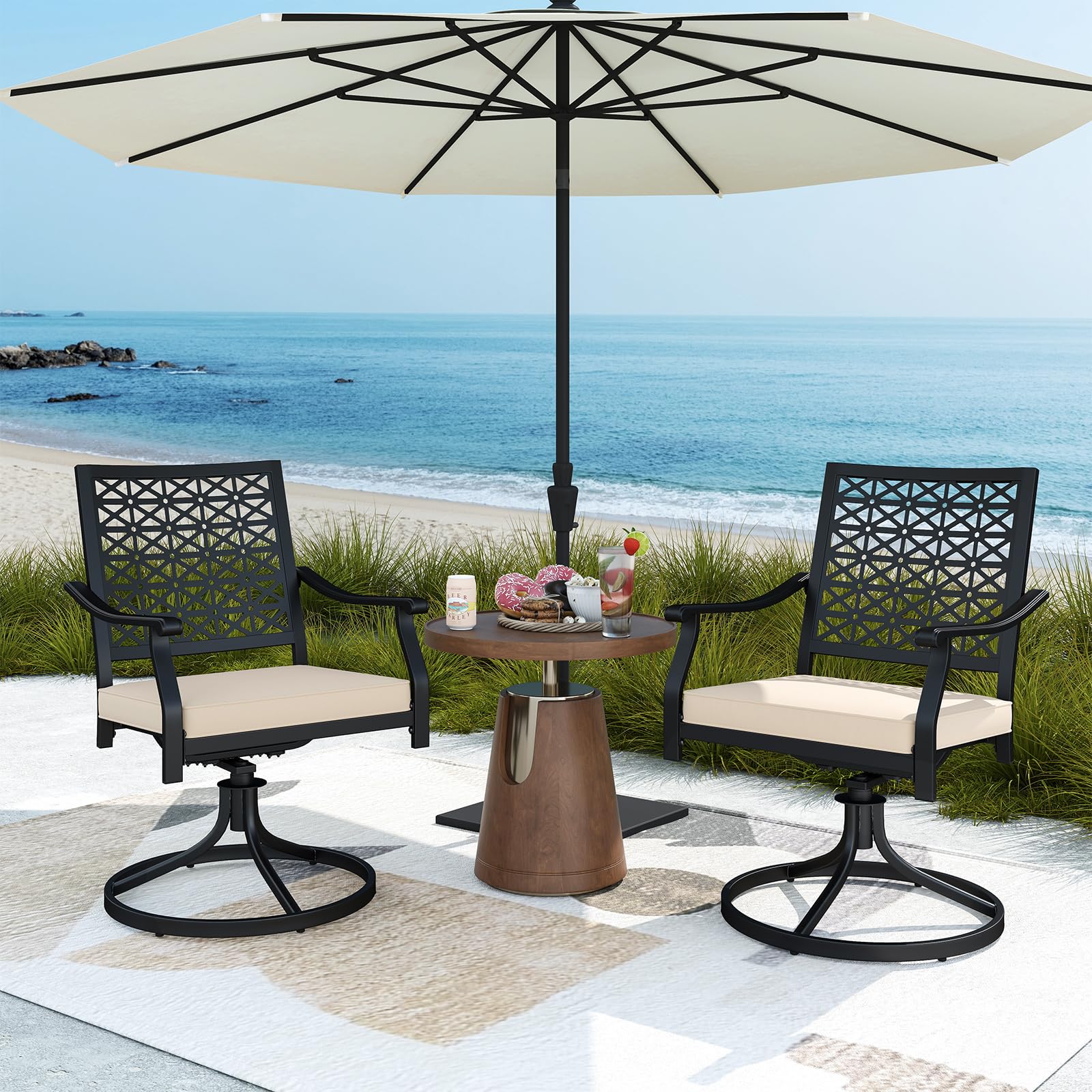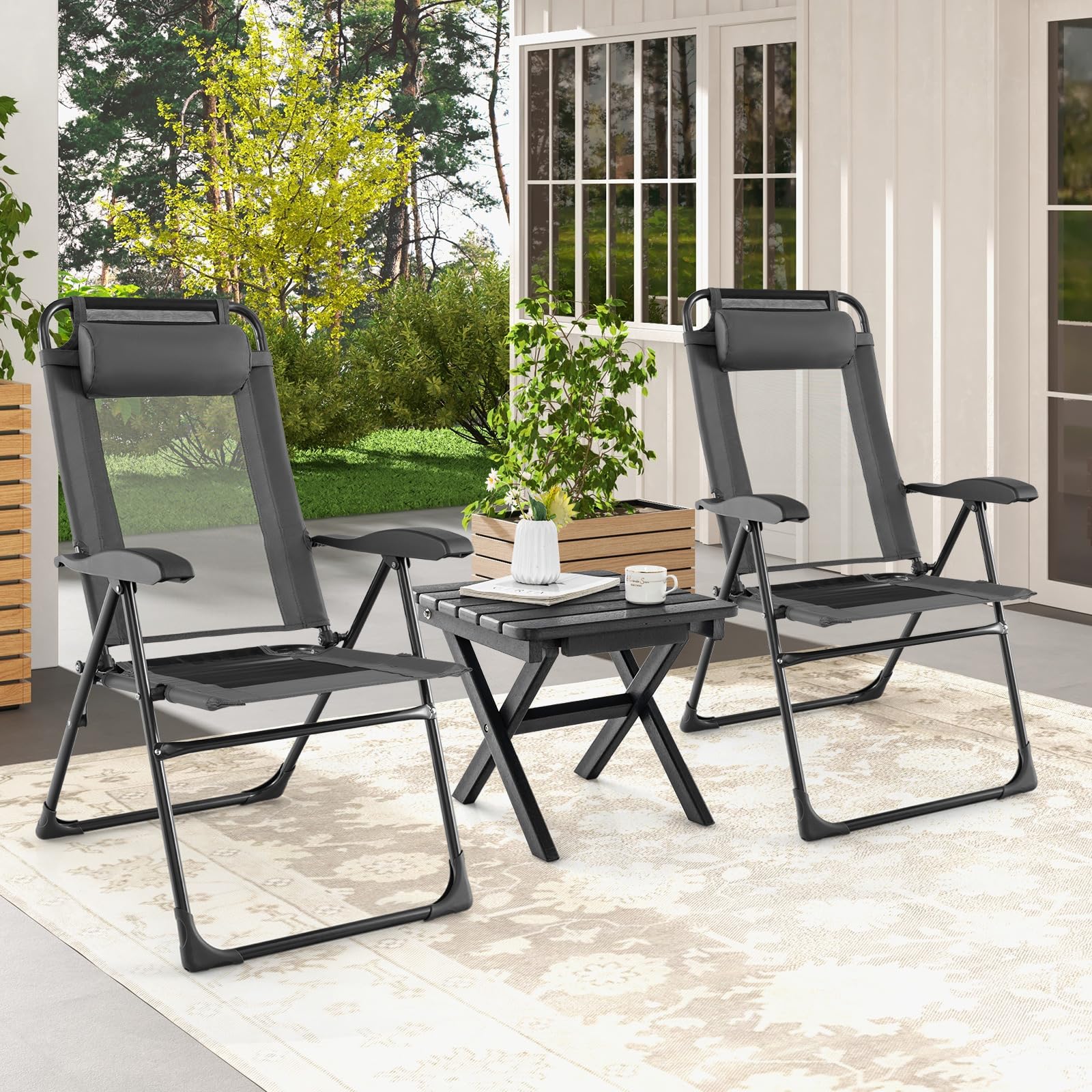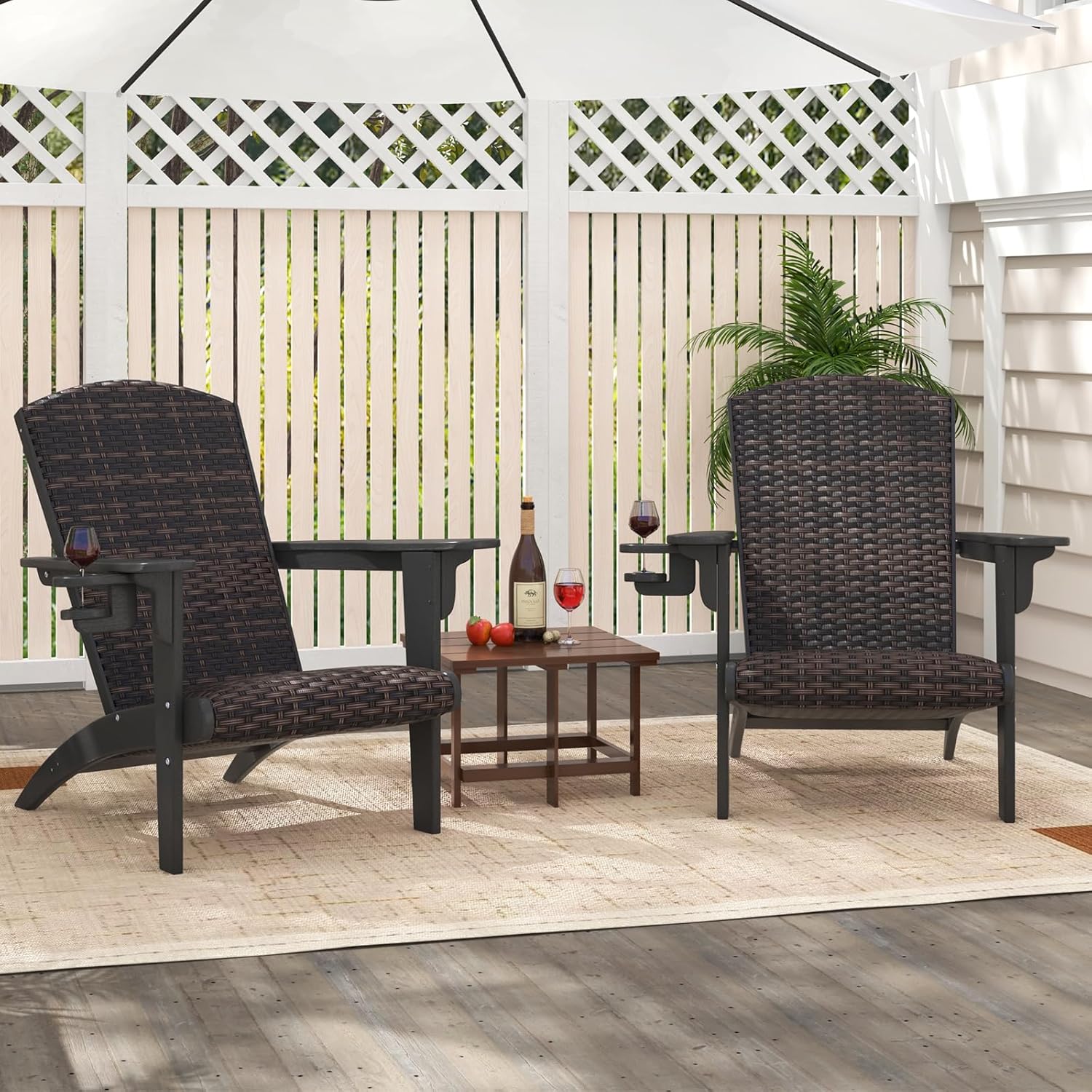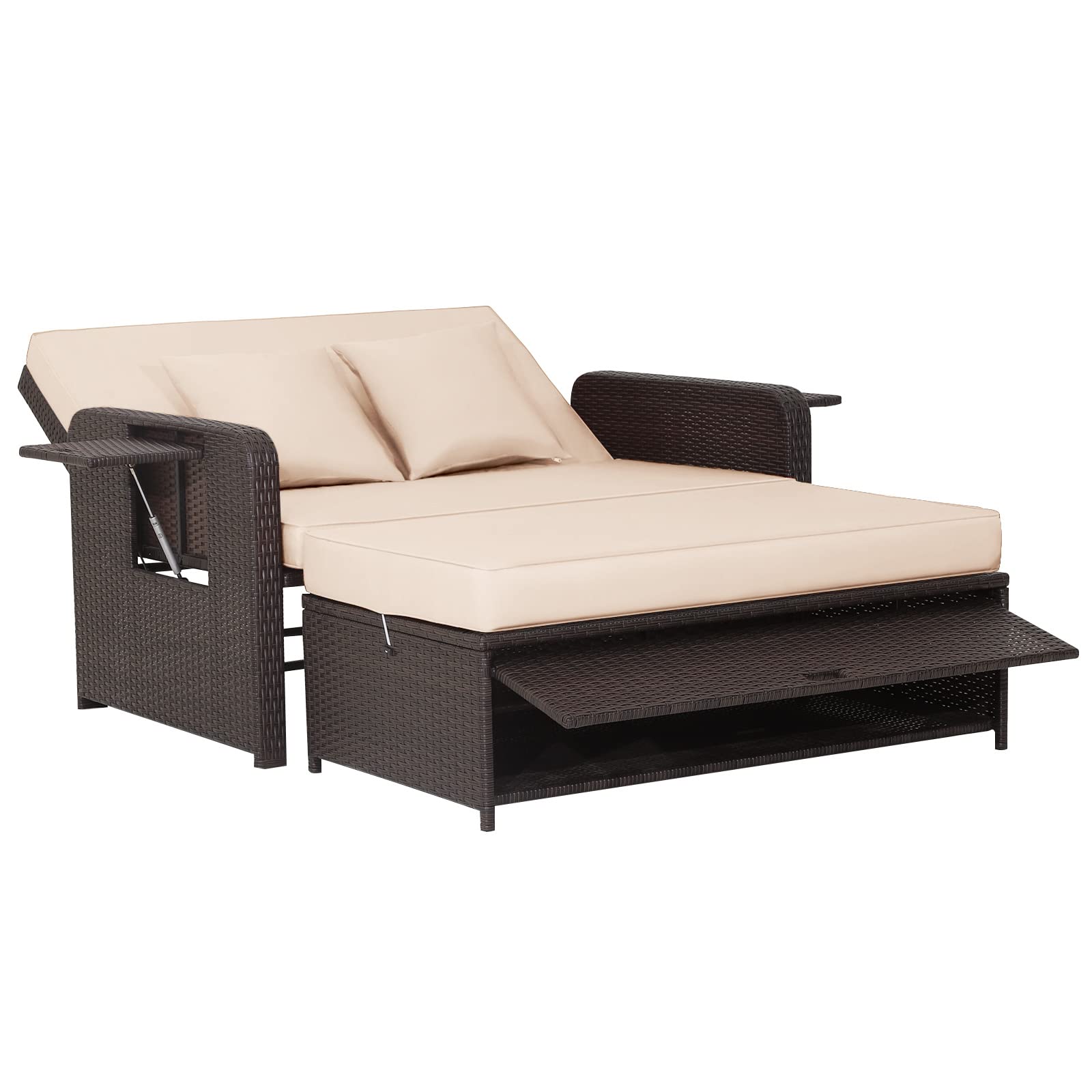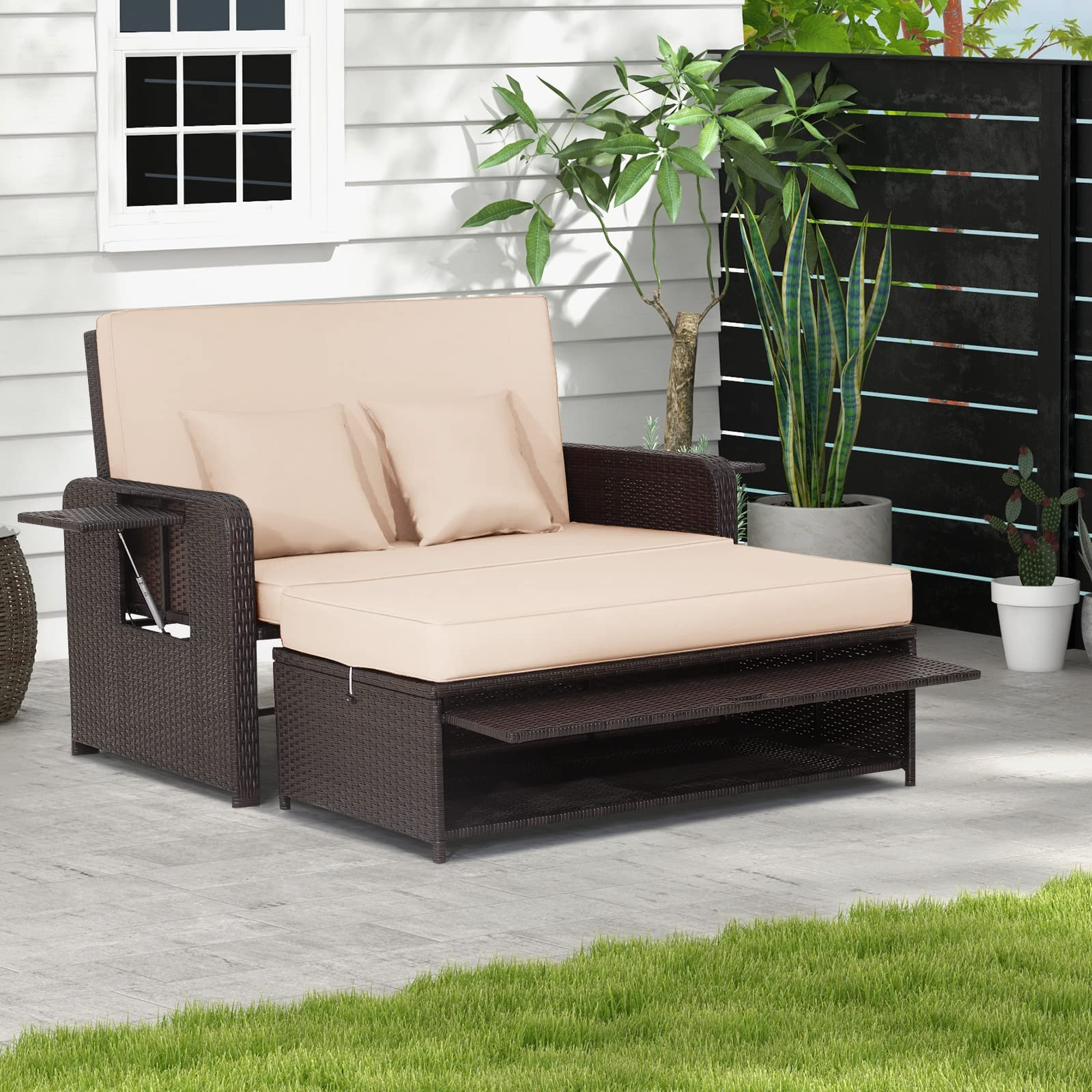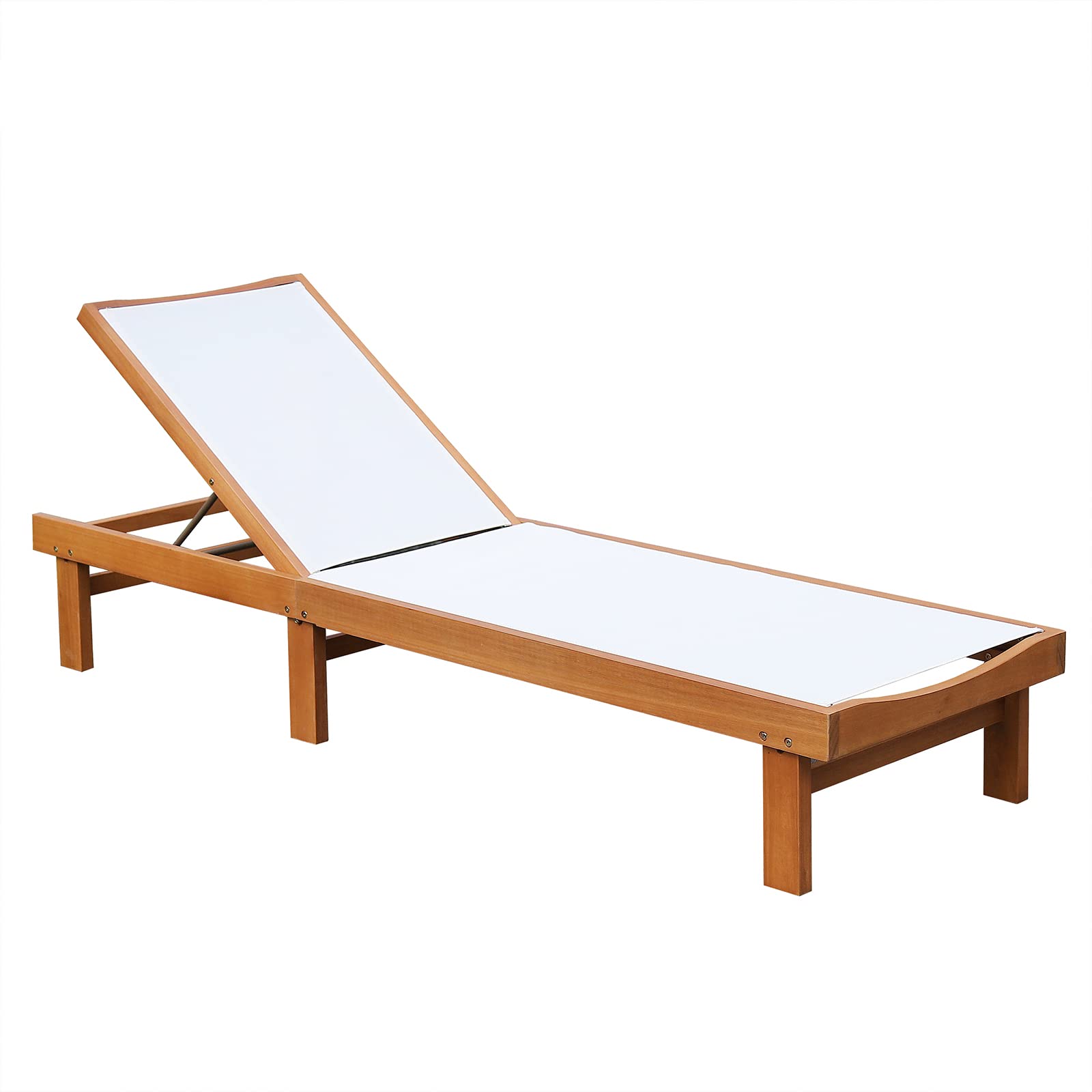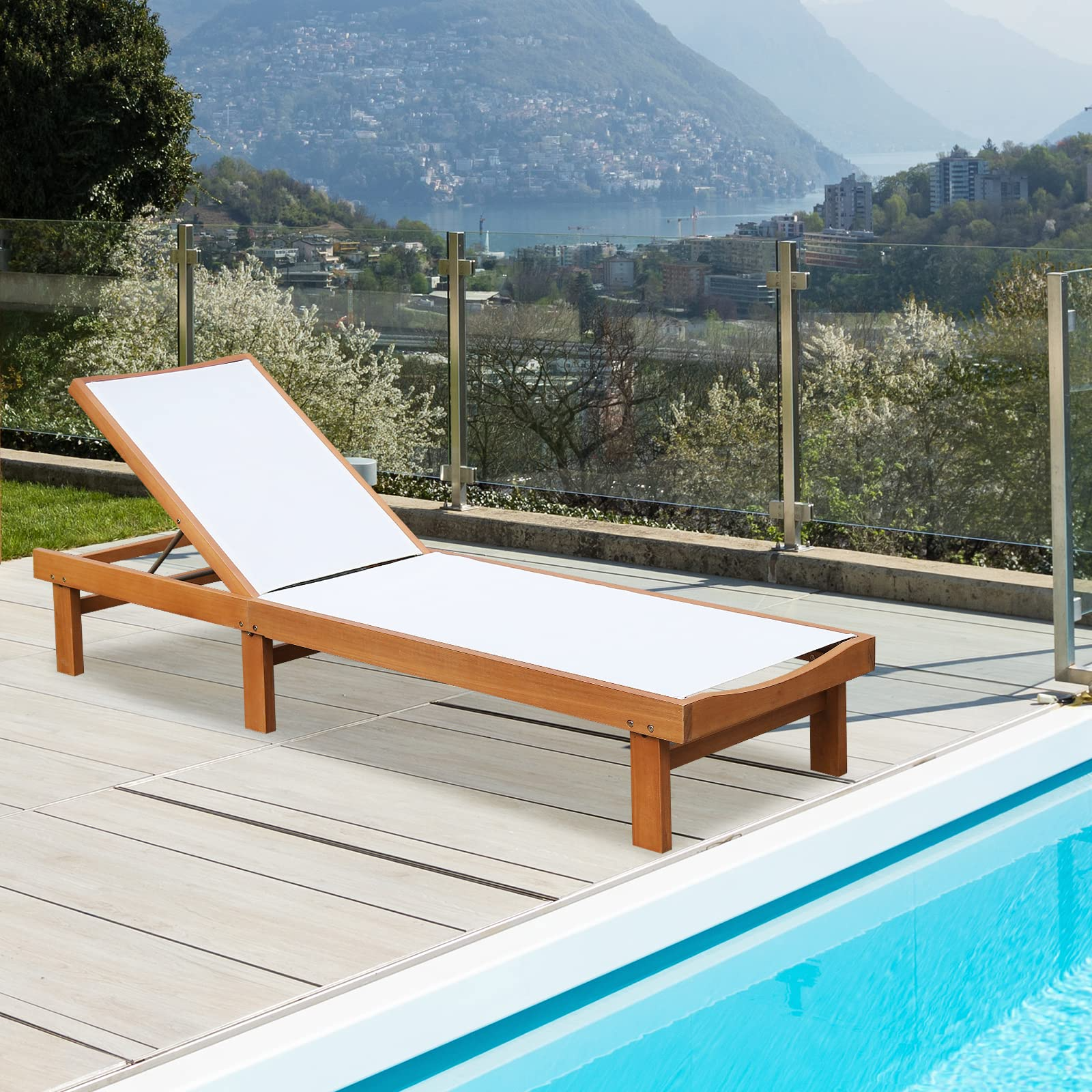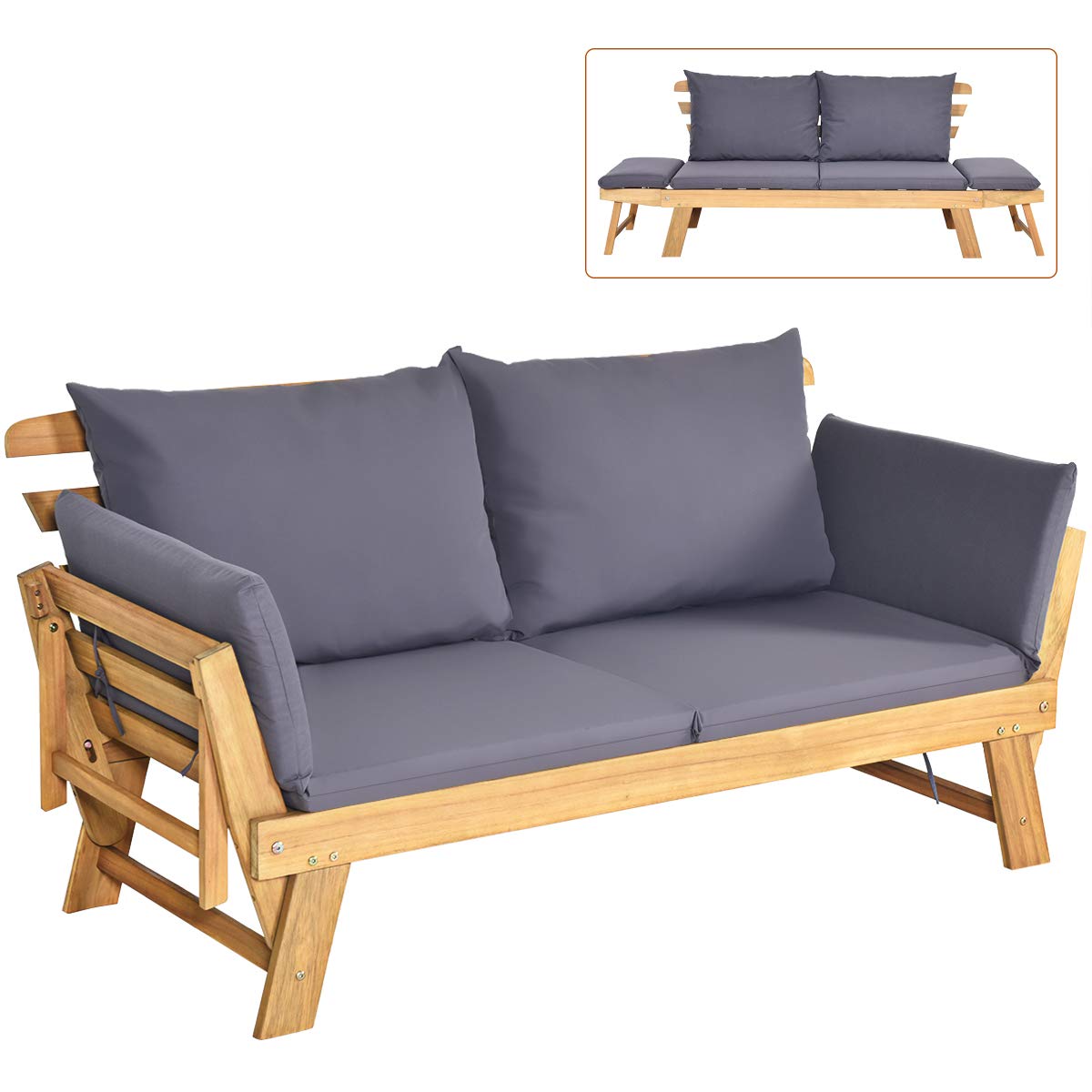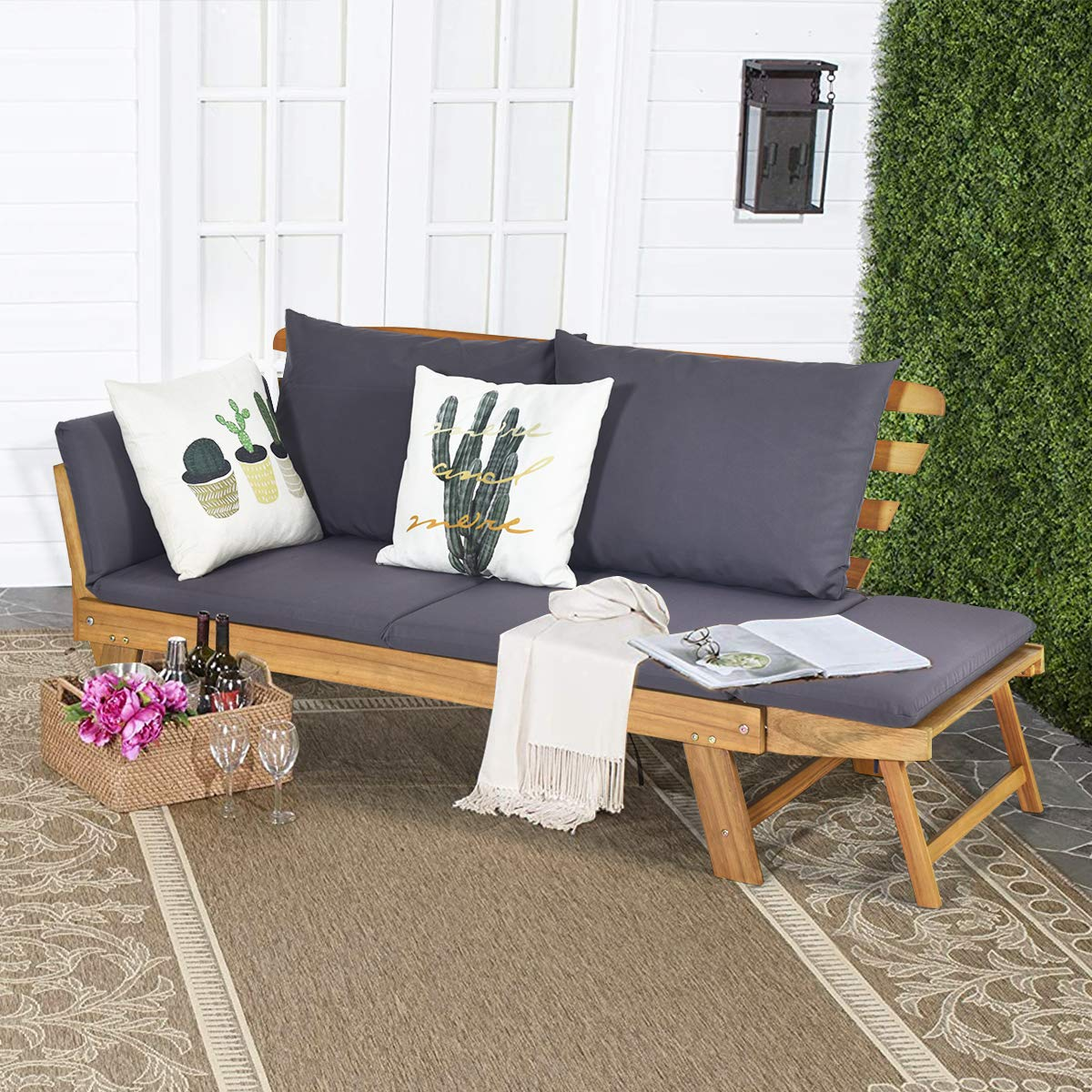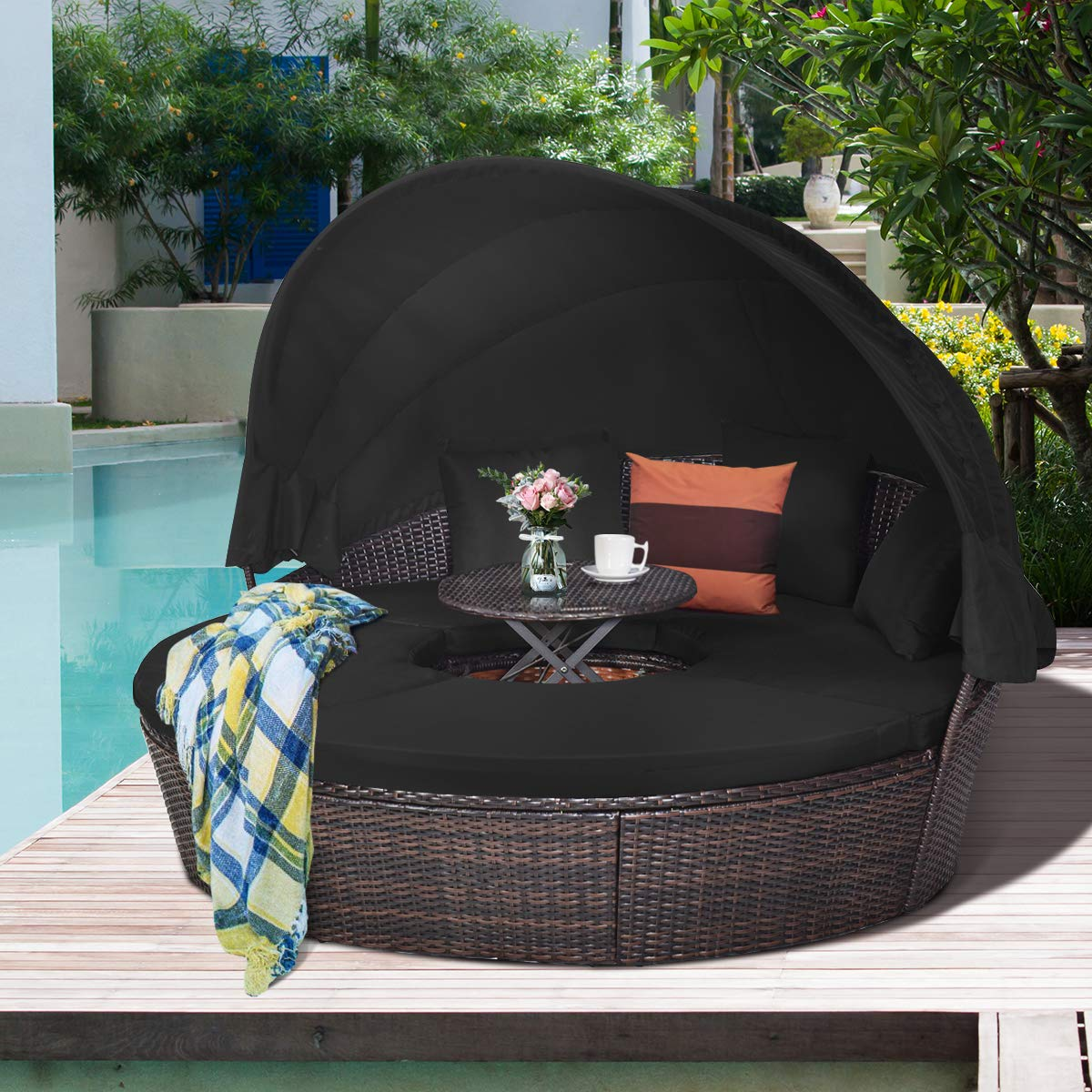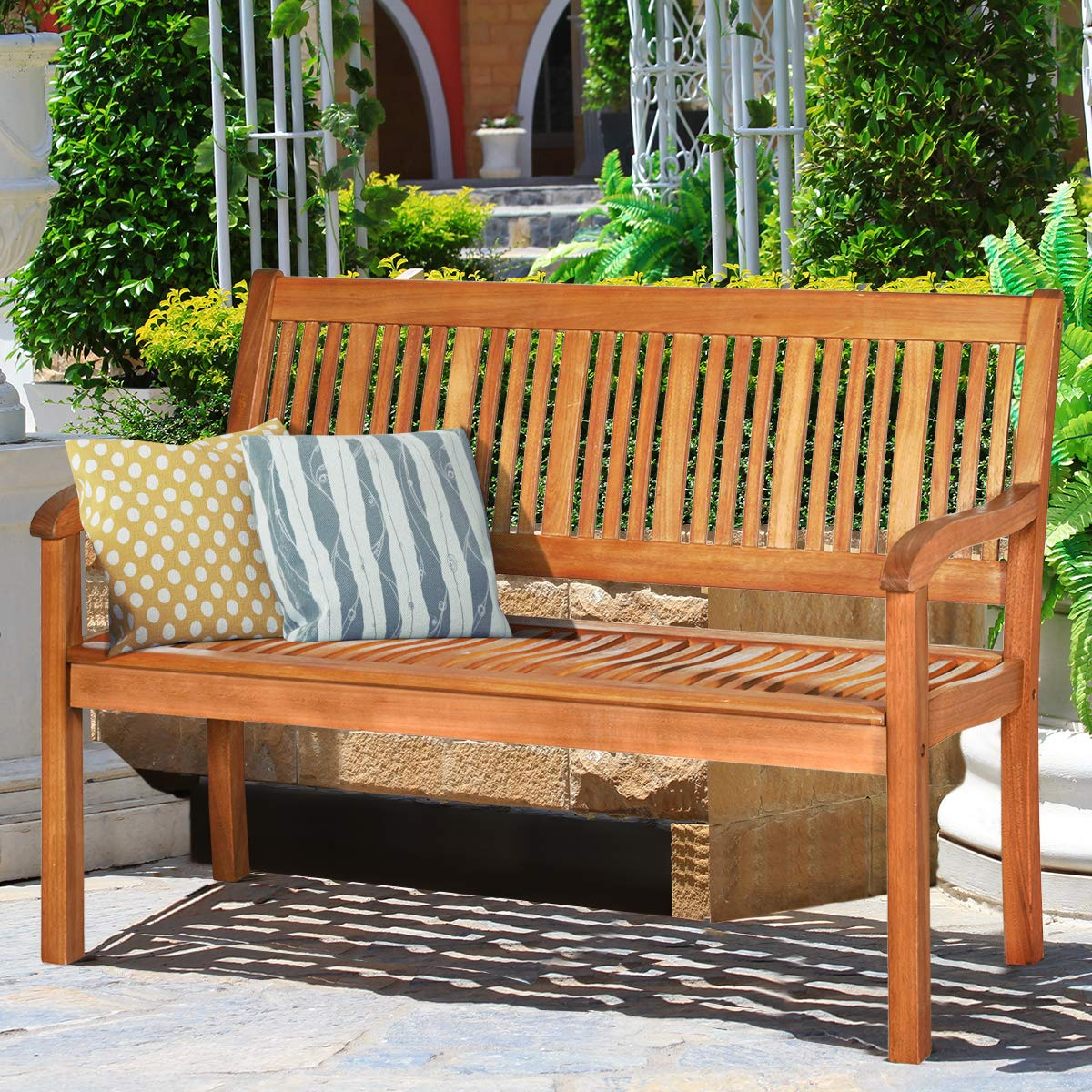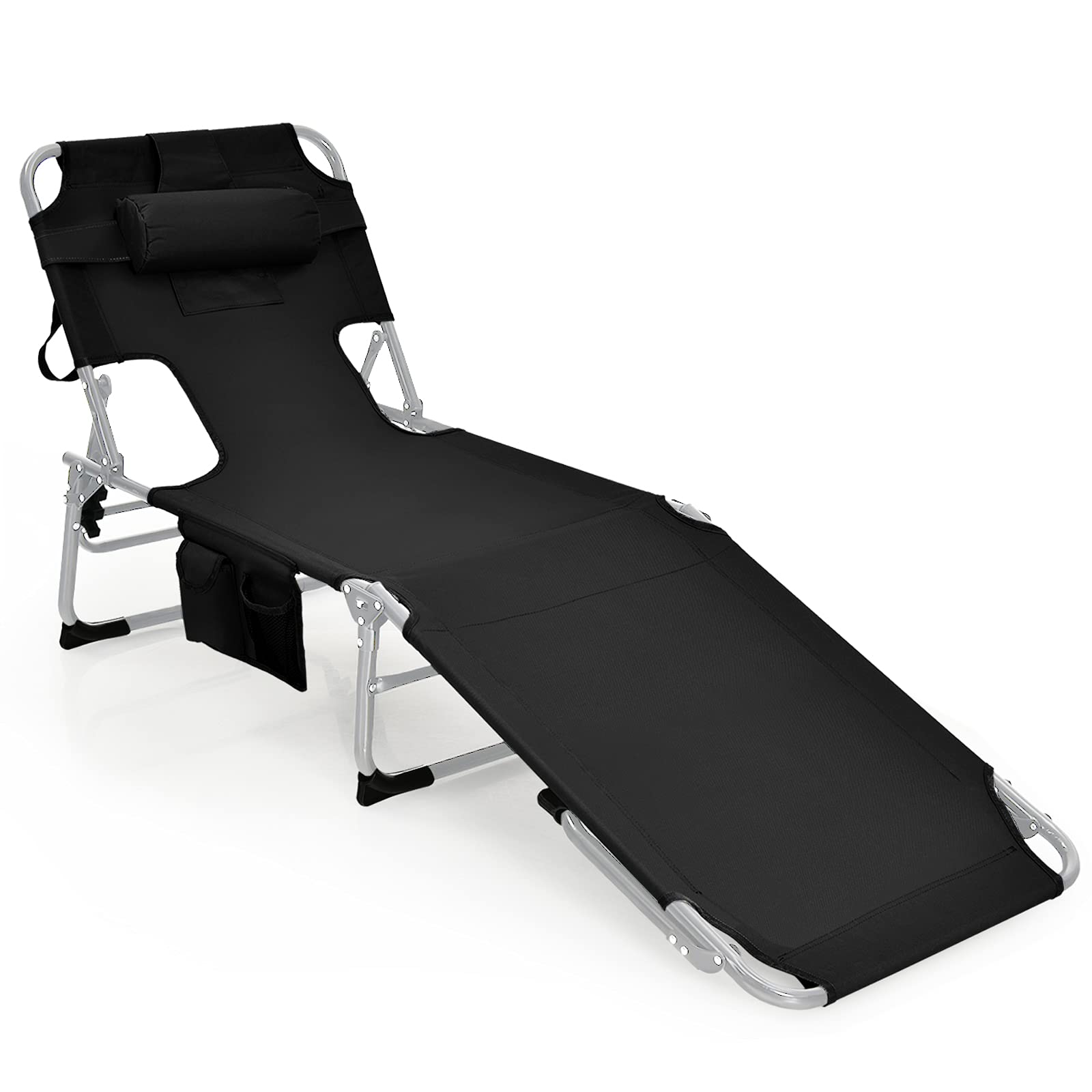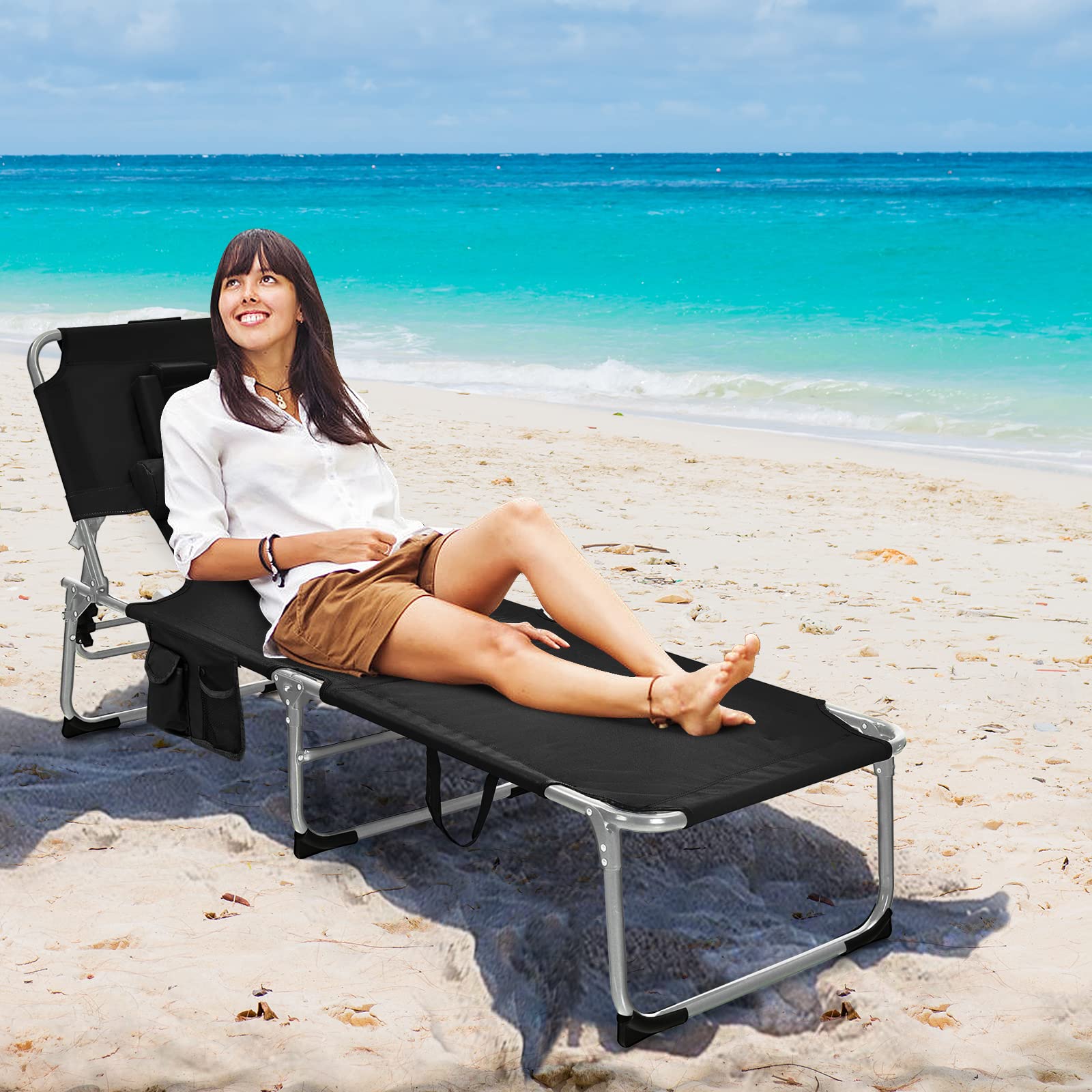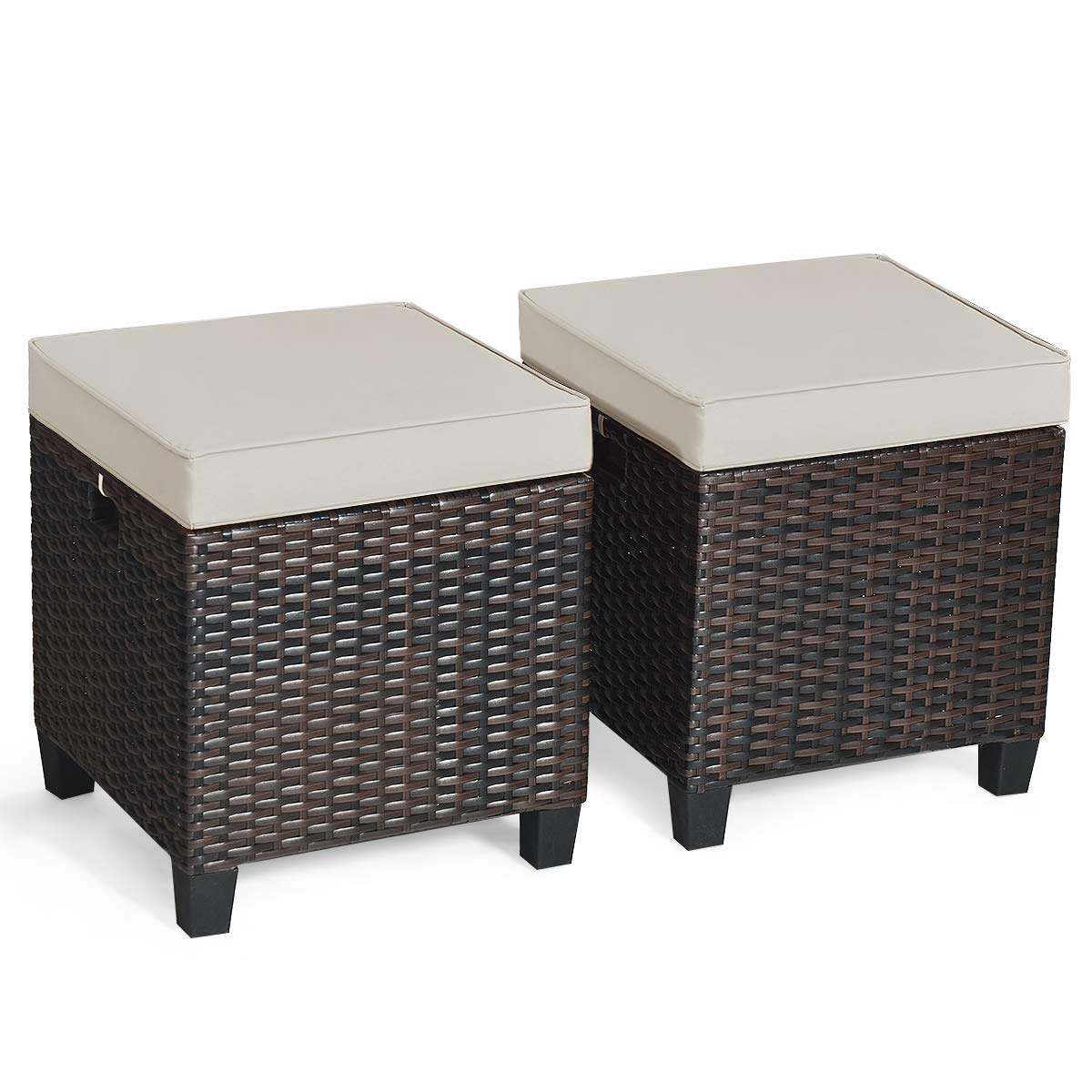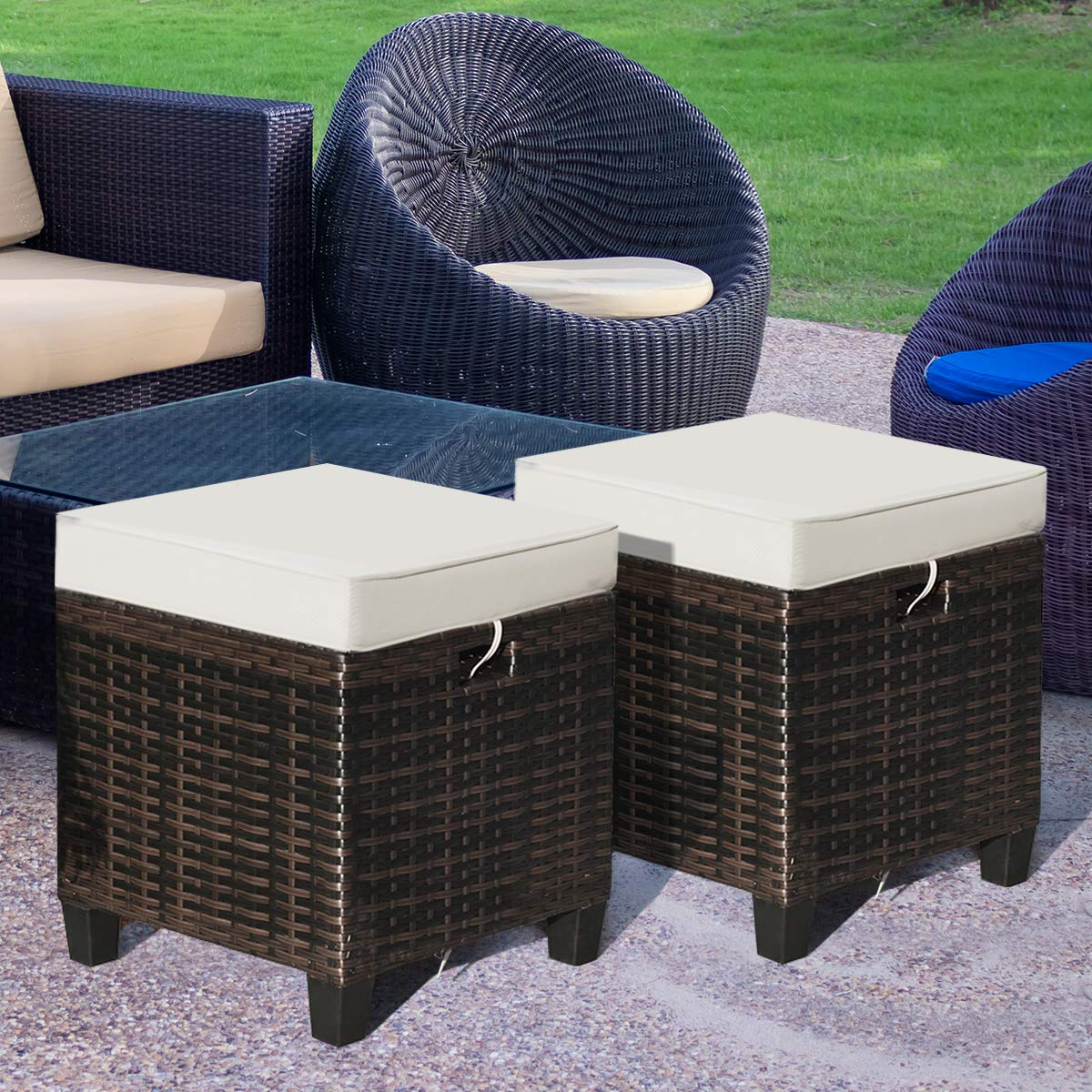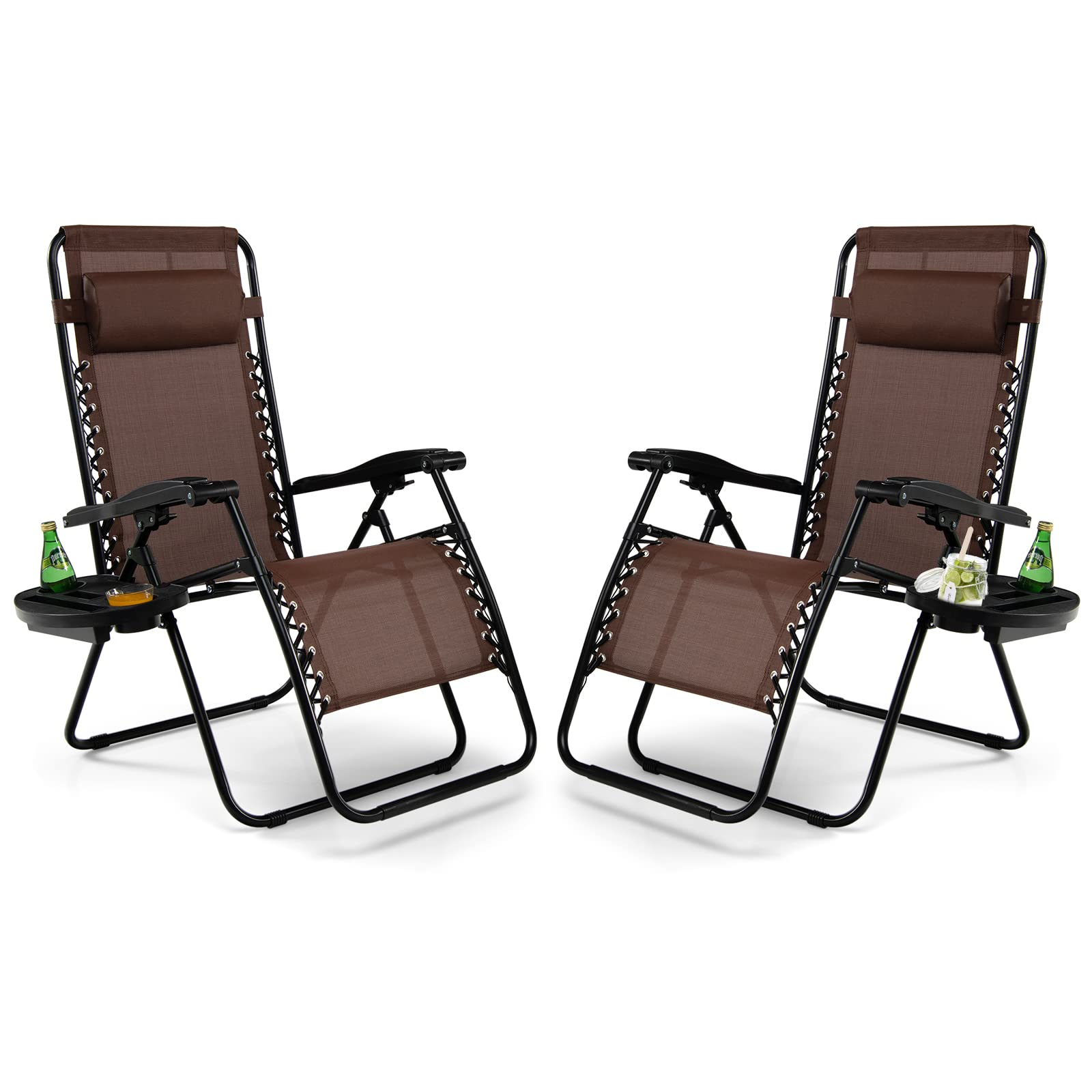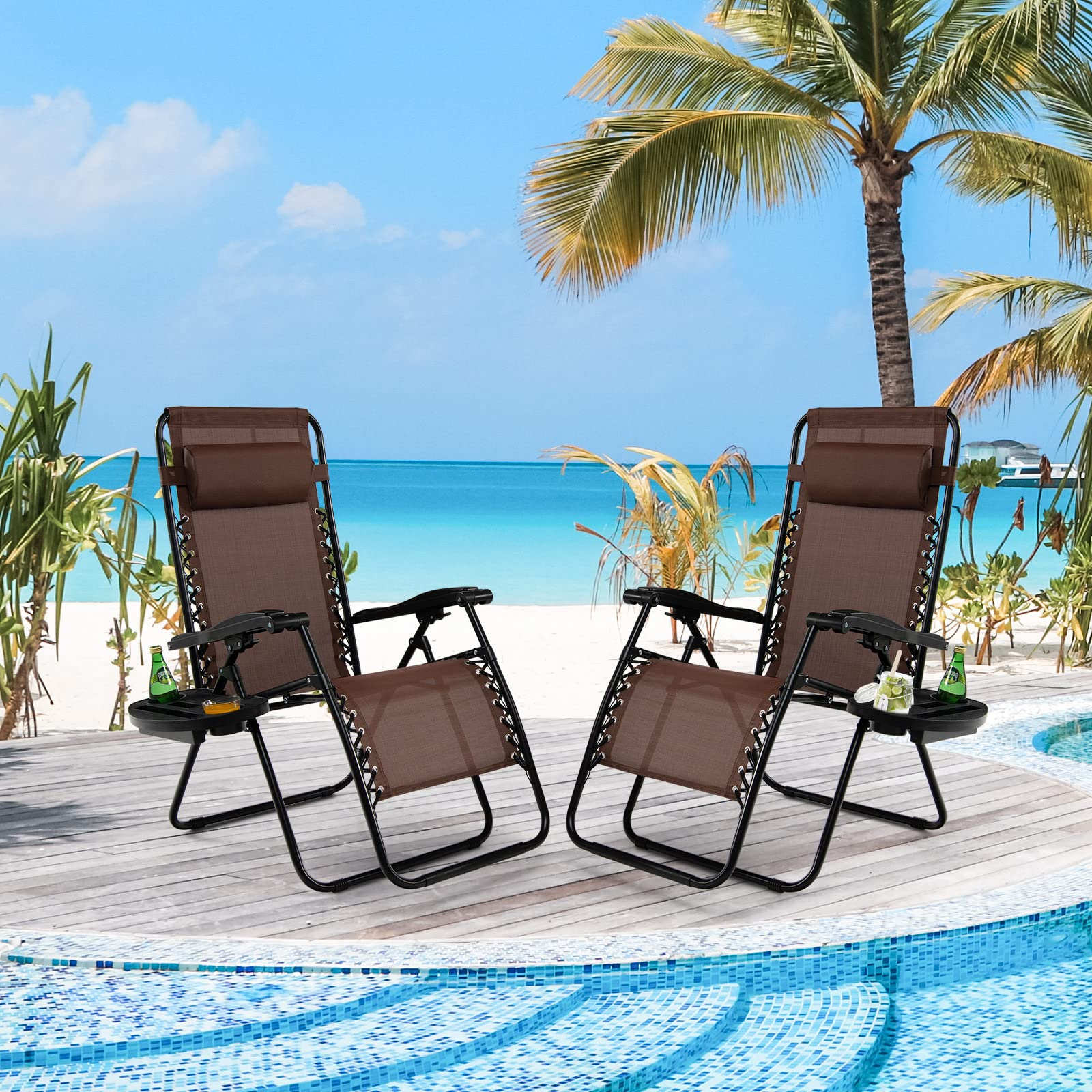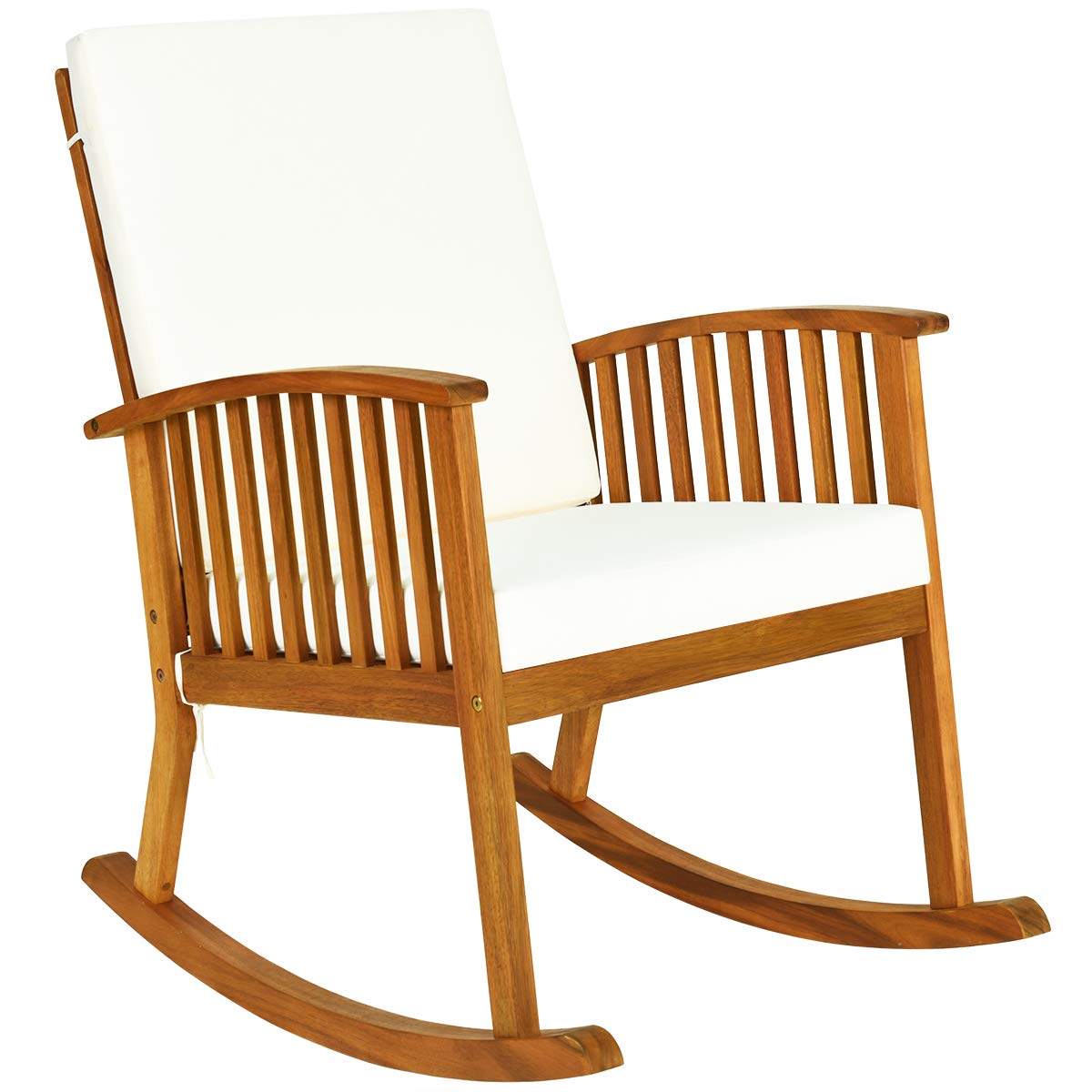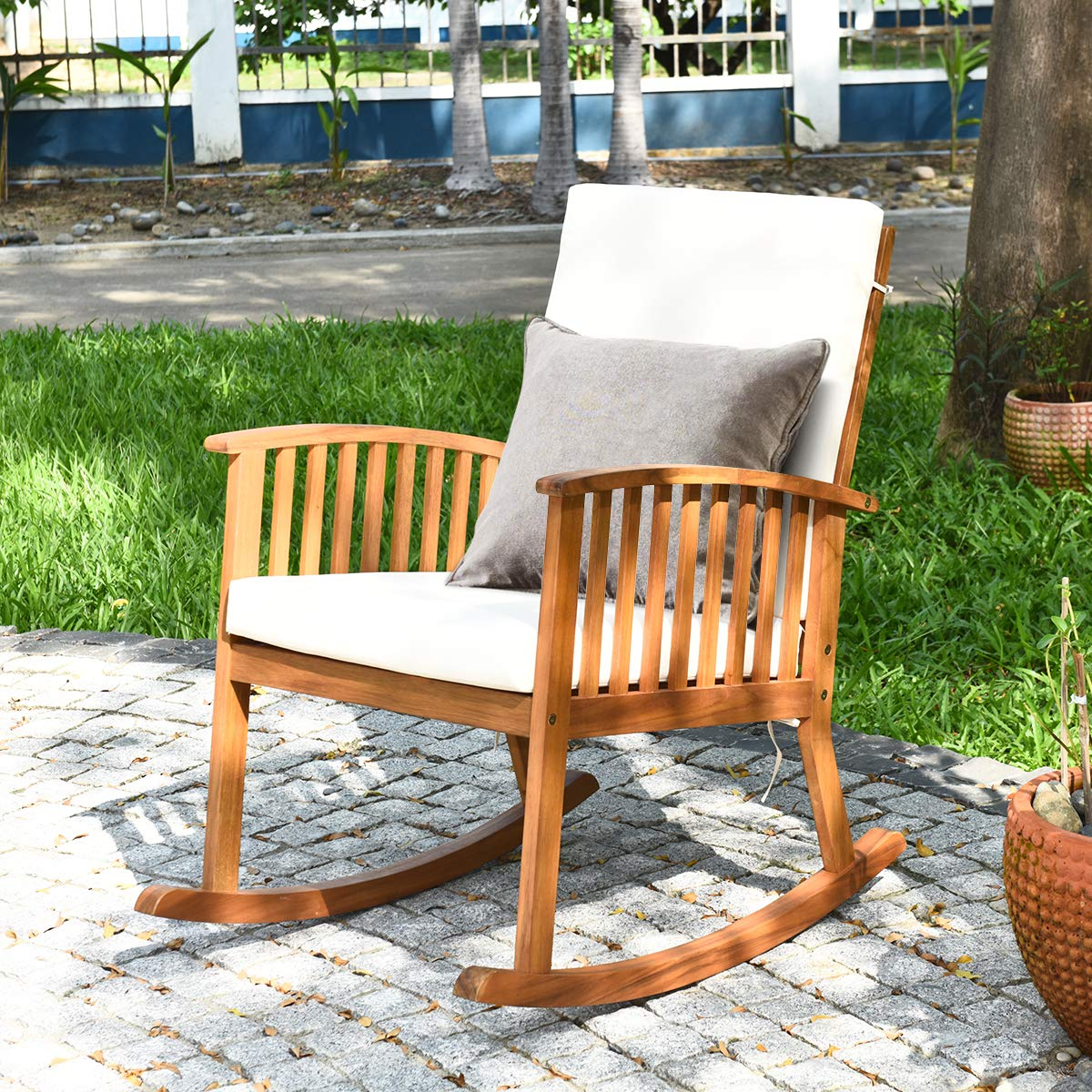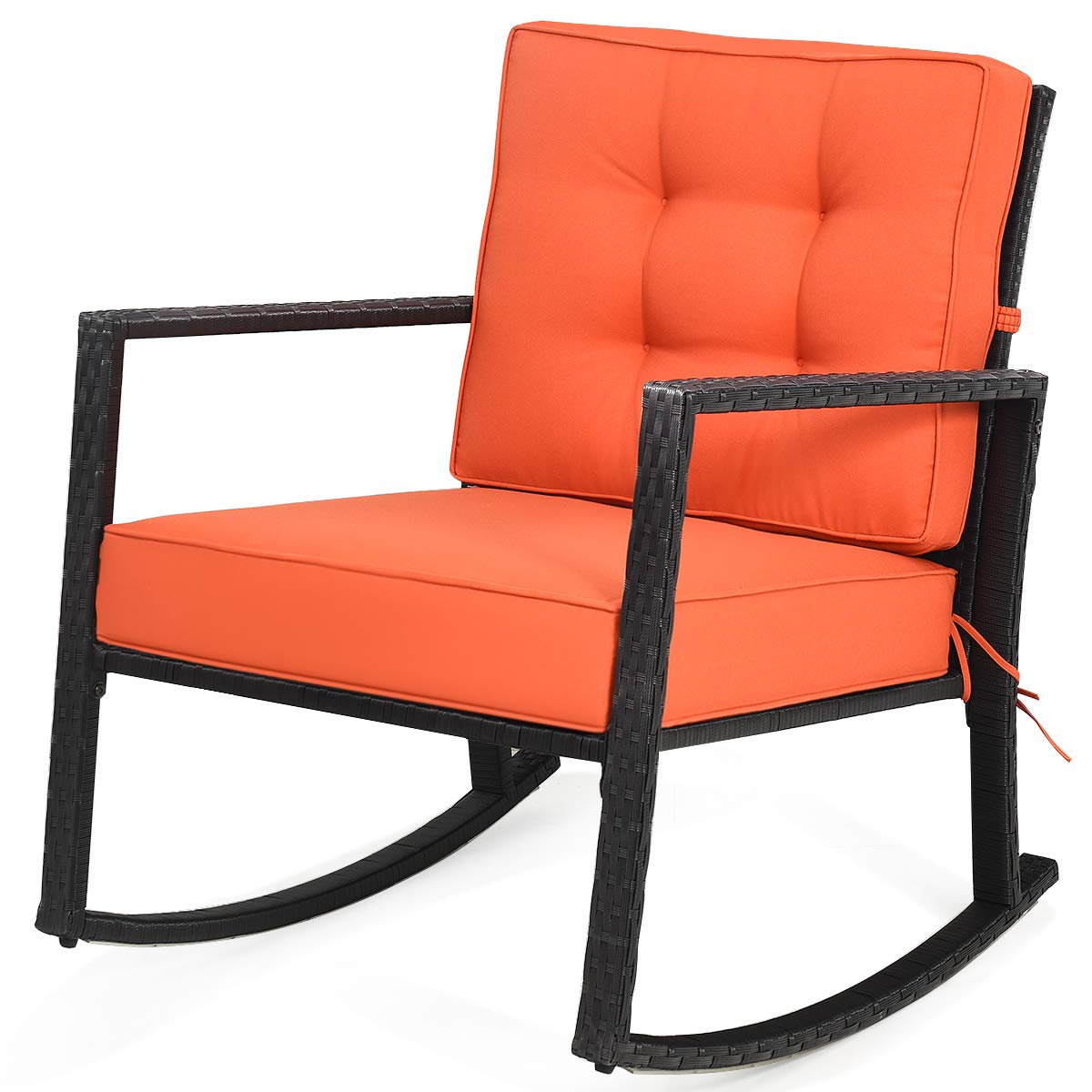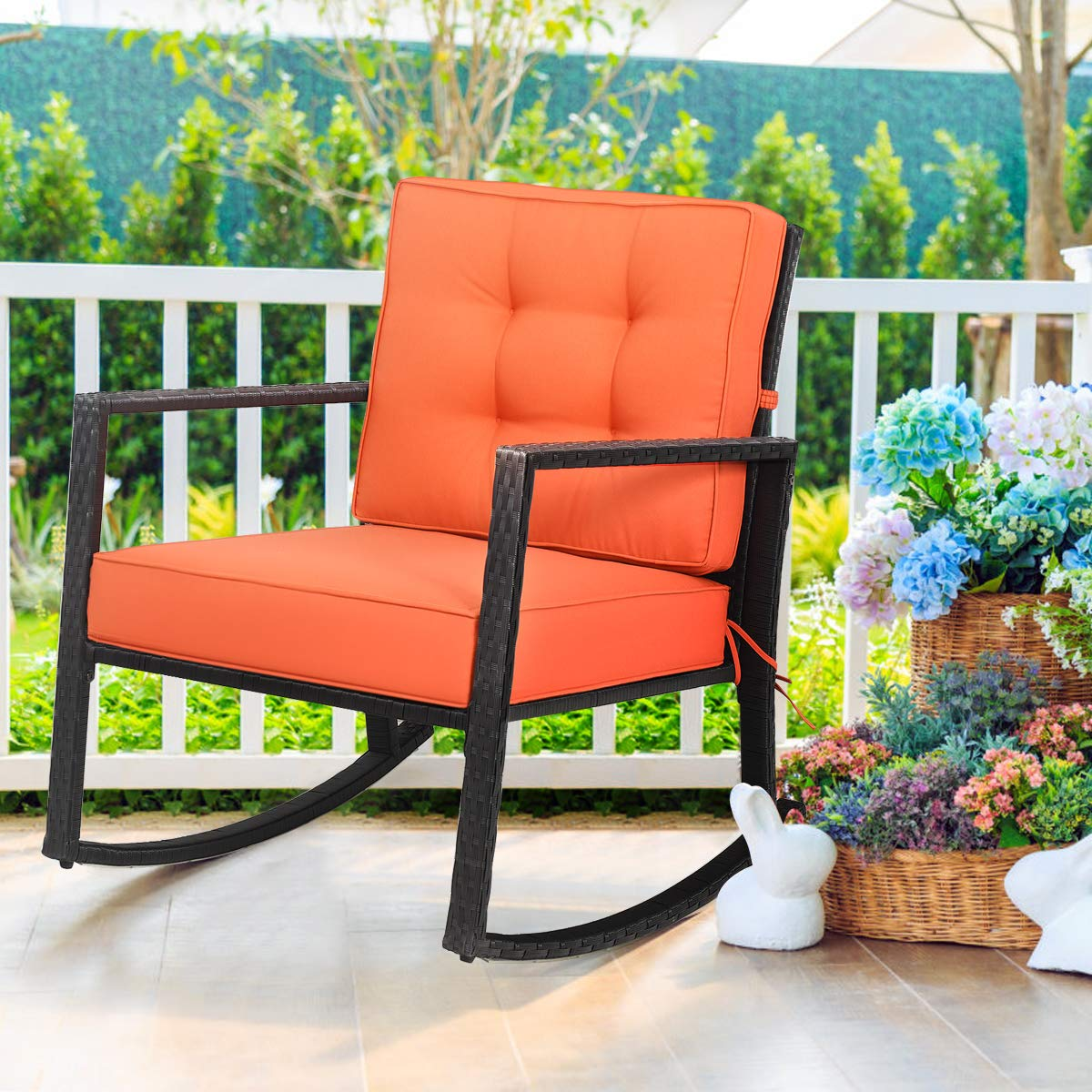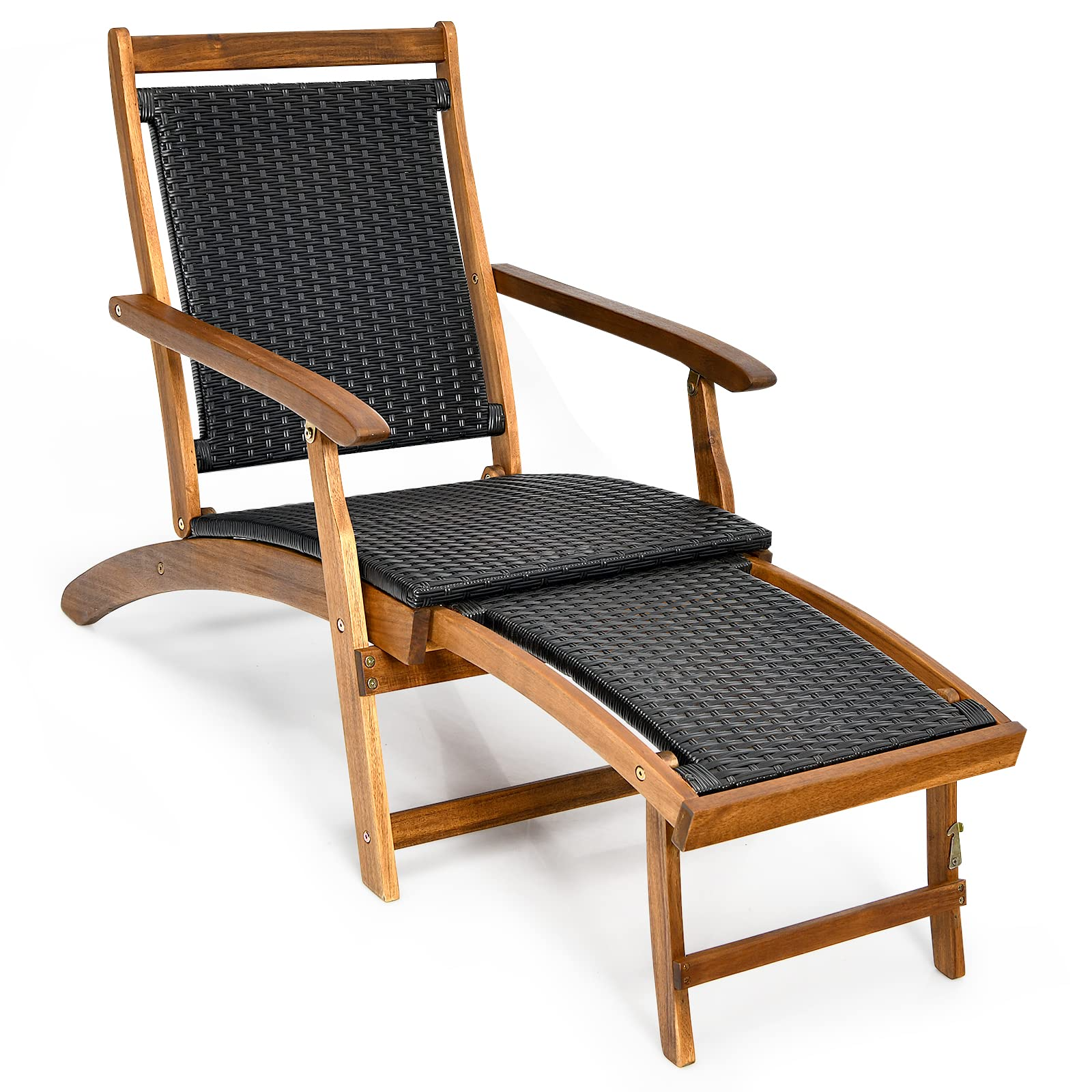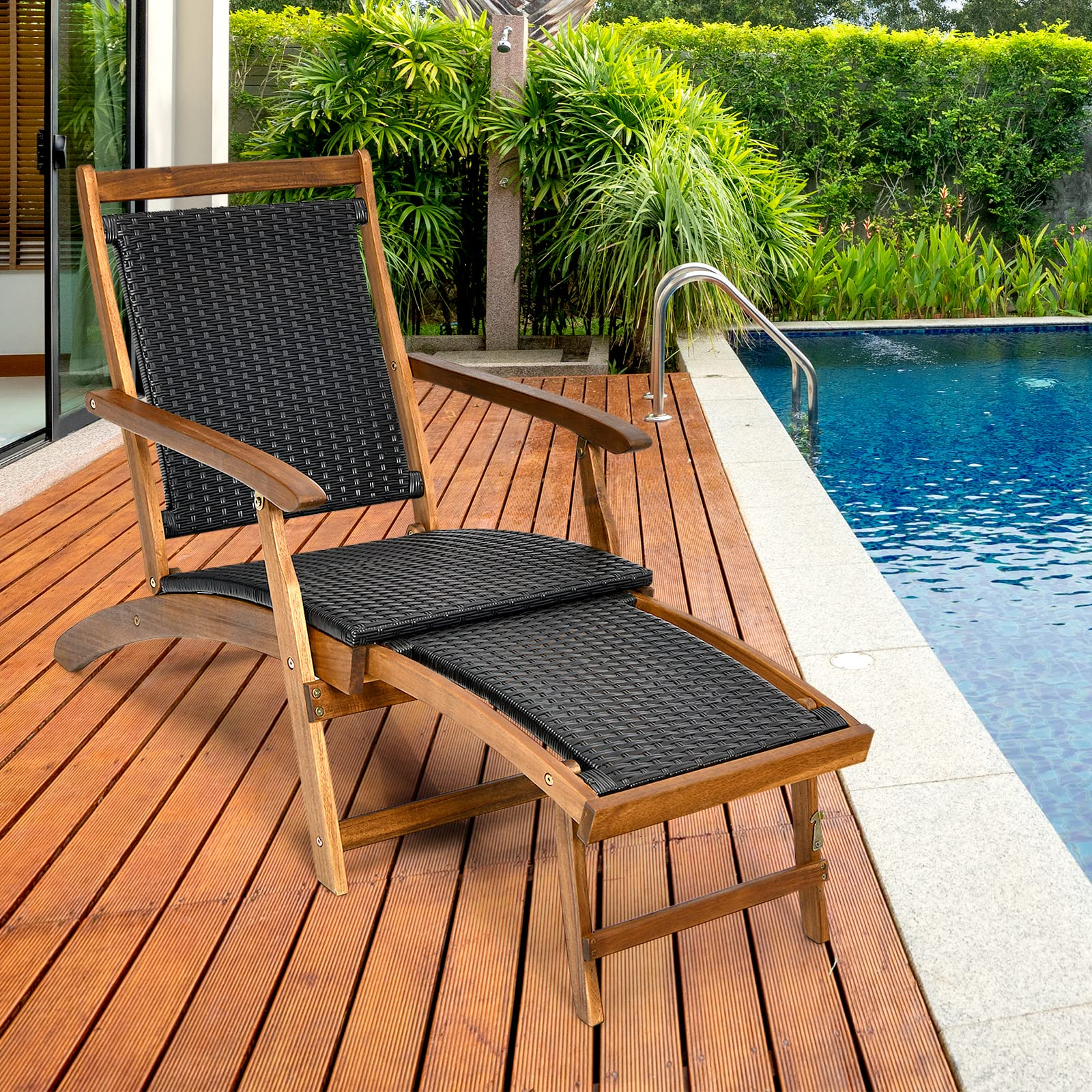Inside this Article:
3 Factors Determine Your Outdoor Seating Comfort
Outdoor furniture is not just about looks or how long it lasts. Comfort is key to enjoying your time outside. Outdoor seating, like a cozy backyard lounge, a poolside chair, or a patio dining set, is important for comfort. Good ergonomics helps people use these seats for a long time and enjoy them more.
Three important factors to consider when designing or choosing outdoor seating are seat depth, back angle, and cushion density. We explore how these three dimensions affect outdoor seating comfort. It also looks at the best setups and how they change based on use and user types.
1. Seating Depth: The Foundation of Postural Support
Seating depth refers to the horizontal distance from the front of the seat to the backrest. It directly impacts the support provided to the lower body and the user's overall posture.
Ideal Depth Range:
- Typical range: 18" to 22" (45.7 cm to 55.9 cm)
- Lounge chairs: 22" to 25" (56 cm to 64 cm)
- Chaise lounges: 60" to 80" (152 cm to 203 cm) in length
- Shallow seats (<18"): Encourage upright posture, suitable for dining chairs.
- Deep seats (>22"): Ideal for lounging, allowing users to recline comfortably.
Ergonomic Considerations:
An outdoor couch seat that is too deep can cause discomfort. This is especially true for shorter people.
It may stop their feet from resting flat on the ground. This can create pressure behind the knees. A shallow seat, on the other hand, may not offer enough support for taller users, leading to fatigue and poor posture.
Adjustability and Cushioning:
Adding back cushions or lumbar pillows to an outdoor sofa set can change the seat depth. This allows for more personalization and better comfort for different body types.
2. Back Angle: Finding the Sweet Spot Between Relaxation and Support
The angle between the seat and the backrest—known as the back angle—determines how upright or reclined the user sits.
Standard Angles:
For outdoor recliners, a back angle of 100° to 110° usually gives a comfortable reclining position. This angle helps keep the spine aligned. Dining chairs usually have a steeper back angle (95°-100°) to promote upright seating, suitable for eating or working.
Impact on Lumbar Support:
An overly reclined angle may reduce lumbar support and shift pressure onto the upper back and neck. You can mitigate this by using contoured backrests or adjustable recline mechanisms in more advanced seating systems.
Use Case Variation:
Seating for social gatherings should have more upright angles. This helps encourage engagement and conversation. In contrast, areas for solitary lounging can have more reclined positions. This setup is better for relaxation.
3. Cushion Density: Balancing Softness with Structural Support
People usually measure cushion density in pounds per cubic foot (PCF). It affects how firm or soft a seat feels. It also shows how well the seat supports the body over time.
Density Ranges:
- For most outdoor cushions, a medium to high-density foam (1.8 to 2.5 PCF) is often recommended.
- Lower densities (under 1.5 PCF) may feel soft initially but tend to compress quickly, losing support and becoming uncomfortable.
- Higher densities (above 2.5 PCF) last longer and are more durable.
However, they can feel too hard without softer top layers.
Comfort vs. Durability:
A most comfy couch has a strong core and a soft outer layer. You can make this outer layer from memory foam or polyester fiberfill. This design balances comfort and durability. These configurations allow for both immediate softness and long-term support for a deep-seated sofa.
Material Considerations:
In outdoor environments, foam must also resist moisture and mildew. People often use open-cell polyurethane or quick-dry foam types for their breathability and drainage properties. Enclosing them in waterproof or water-resistant covers adds further protection.
4. The Synergy of the Three Elements
While each of these dimensions contributes independently to comfort, their true value emerges when considered together:
- A deep seat paired with a high back angle may promote slouching unless complemented by supportive, dense cushions.
- A shallower seat can feel rigid unless paired with a softer cushion and an upright back angle.
- Even the most ergonomically angled chair can feel uncomfortable if the cushion density is inadequate or too extreme.
The depth, angle, and cushion firmness should match the furniture's purpose. This includes lounging, dining, or occasional use. It should also consider the users' age, height, and health conditions.
5. Customization and User Preferences
Modern outdoor furniture now has customization options. Users can change seat depth with movable cushions. They can also adjust the back angle using reclining mechanisms. Additionally, you can modify cushion firmness with replaceable inserts.
Multi-Functional Sets:
Convertible furniture, like sectional sofas or modular chairs, allows users to reconfigure seating depth and angles according to different activities or guest preferences.
Targeted Solutions:
Elderly users or those with lower back issues may benefit from more upright angles and firmer seat cushions. In contrast, a family lounge area for casual use might favor deeper, softer setups.
Aesthetic Integration:
While comfort is paramount, these ergonomic factors must also align with the visual appeal of the furniture. Smart design harmonizes form and function, delivering both a pleasing aesthetic and optimal user experience.
6. Conclusion
Outdoor seating comfort is far from a one-size-fits-all proposition. Designers and consumers can create or choose outdoor furniture.
They can do this by understanding and balancing three key factors: sofa depth, back angle, and cushion density. The most comfortable couch provides not only visual appeal but also real ergonomic support. Whether you are hosting a garden party or relaxing alone on the porch, good chair dimensions can make your outdoor area comfortable.

